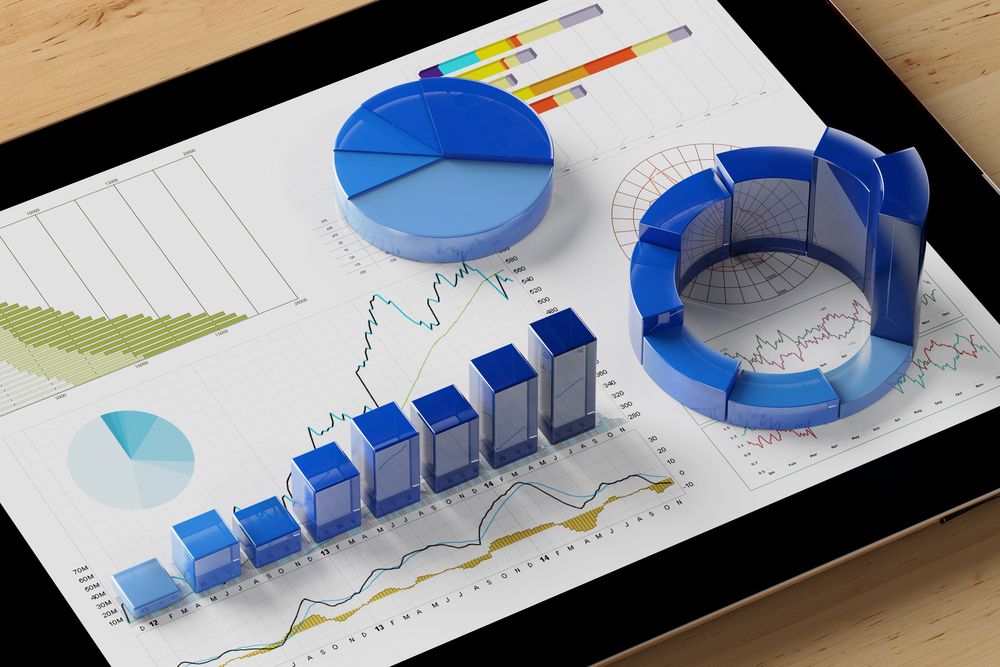Influencer marketing is perhaps the one aspect of advertising that reflects most powerfully the era in which we live. Our love of social media, and its dominance in our lives – as a source of everything from news and information to original content via personal opinion – makes the concept of influencer partnerships a perfect way for brands to be a seamlessly integrated part of that world.
While influencer partnerships have become significantly more transparent over the past couple of years – most notably with the requirement for influencers to use ‘#ad’ in sponsored or paid-for posts – consumers are becoming savvier about the role of influencers and can sniff a sell-out a mile away.
Perhaps as a direct result of this, we are seeing new rules of engagement emerging as influencers look to secure results-focused partnerships with brands rather than simply fulfilling traditional influencer roles.
New rules of engagement
It seems remarkable to me that it has taken this long for influencers to make the switch to a model that rewards them for their input in the significant numbers we are now seeing.
With Coronavirus impacting all of our lives, many influencers who were once wedded to pay-per-post are now happy working to a performance model in which there is greater capacity for more direct control over their income.
I believe the move is a win for both parties. For a brand, signing up an influencer to this type of model is a safer game to play. Rather than forking out a fee to an influencer and hoping they deliver engaging, eye-catching content, brands know that when there is a revenue share of the sale at stake, the partner is arguably already more committed to the arrangement.
Meanwhile, influencers have greater control over their capacity to earn income from any brand association, and as such, they are surely more likely to enter into partnerships that really resonate with their lifestyle and personal values.
Building relationships for long-term success
Influencers are not new to strategic collaboration but are now increasingly strengthening their position in the marketing ecosystem, and opening up opportunities for a more official role in the marketing process. But why has the move come about now, and how are influencers embracing this new way of working?
One of the biggest benefits of this model is that it lends itself to developing a more trusted relationship between influencer and brand, and in turn allows businesses to efficiently plan long-term partnerships at scale, using mutually-agreed metrics, in a trusted environment.
Indeed, it is crucial that brands build these relationships with long-term success in mind, and avoid any short-termism which can be fatal for partnerships. Influencer partnerships take time and effort to construct and maintain – they demand more careful selection of partners, closer scrutiny and an increase in both accountability and responsibility for the influencer.
And long-term partnerships also give brands the chance to get under the skin of their customers. Rather than relying on one-off endorsements from influencers, businesses can use the consistency of a relationship to gain a more holistic view of the way the public is interacting with and responding to their brand. Influencers now hold the key to those potentially powerful and lucrative relationships.
Those brands with mature programmes saw twice the revenue growth in comparison to less mature programmes, while businesses with developed partnership programmes were five times more likely to exceed expectations on other business metrics.
Tracking and measuring partnerships
The ability to track and measure the impact of influencer partnerships is now sophisticated enough that it is on a par with traditional performance marketing models.
And the steady rise of Instagram to stratospheric levels means the website blogging once favoured by influencers has been usurped by the Facebook-owned photo site in many verticals. As a result – and thanks to the site’s predominantly mobile presence and Swipe Up To Shop function – marketing techniques are being refined and it is now far more common to see influencers enter a CPA-based payment structure, monetising their content in the same way publishers have been doing for years.
By moving to a performance-based model, influencers allow brands to have their cake and eat it: advertisers have guaranteed access to a large following of engaged potential customers. Thanks to improved access to data and quantifiable results they can more easily assess and optimise their campaigns – and in a performance-based model, it’s now easier to see the role and value an influencer plays in the path to conversion.
Influencers were born out of a forward-thinking approach to technology, and it is that technology which has been key in enabling this sector to thrive. Partnership automation can help brands manage their partnership workflows, track the consumer path and harness data for insight, optimisation and decision-making.
Embracing a performance model
But it remains critical that brands are equipped to handle this new format, and approach recruitment and onboarding effectively, as well as engaging with the influencers and optimising campaigns for maximum impact.
With a performance model, influencers are making a bigger emotional commitment to a business, and as such deserve greater transparency around organisational goals, as well as an opportunity to leverage their relationship with a brand for personal gain.
By sharing data each party can granularly say which customers spent money because of each individual influencer relationship, ensuring greater efficiencies for the brand and an opportunity to optimise content for the partner. A win-win arrangement and one that I believe will soon come to dominate the influencer marketing ecosystem.








